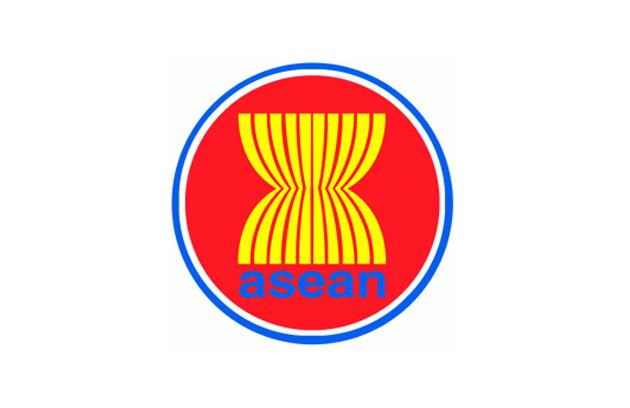The AEC Needs to Include Unskilled Labor Migration Provisions

Please note that we are not authorised to provide any investment advice. The content on this page is for information purposes only.
By the end of 2015, the ASEAN Economic Community (AEC) expects to establish a single market and production base in the region. With an ASEAN overall workforce of more than 300 million people, the AEC will have strong implications in terms of labour migration and human resource development. By promoting efficiency gains and structural transformation, the AEC will shift the demand for labour skills across countries and sectors, based on evolving patterns of comparative advantages. As a result, labour migration expects to increase, both within the region and with the rest of the world.
By the end of 2015, the ASEAN Economic Community (AEC) expects to establish a single market and production base in the region. With an ASEAN overall workforce of more than 300 million people, the AEC will have strong implications in terms of labour migration and human resource development. By promoting efficiency gains and structural transformation, the AEC will shift the demand for labour skills across countries and sectors, based on evolving patterns of comparative advantages. As a result, labour migration expects to increase, both within the region and with the rest of the world.
Recent estimates suggest that between 2015 and 2025 the AEC would generate some 14 million new jobs, although gains are likely to be uneven across countries and sectors. Proper economic management is required to ensure that the AEC will generate positive externalities, without adding to existing labour market deficits or increasing national and regional inequality. Needed are policies, in particular, to improve the harmonisation of labour regulation in national systems, increase investment in education, and foster exchange programs for students and teachers in the region.
Labour migration across ASEAN countries occurs largely in informal sectors and focuses on low- and medium-skilled employment groups. Structural factors such as population ageing, growth in the labour force, differences in development levels and political stability mostly affect labour migration. These factors have pronounced differences across countries. For example, while intraregional migration flows among ASEAN countries have grown over the years, the region’s relevance as a source or destination for migrant labour varies widely across countries. Most migrant, Malaysia, the Lao People’s Democratic Republic, and Cambodia tend to go to other ASEAN countries. Migrant workers from the Philippines and Vietnam prefer to move outside the region. Thailand attracts migrant labour mostly from other ASEAN countries, while more than 80 per cent of workers who migrate to Brunei Darussalam come from outside the region.
The AEC targets the free movement of ‘skilled’ labour across ASEAN member countries. As it does not include provisions for unskilled labour migration, its short-term impact on improving labour conditions will likely be limited. Besides, the AEC will only allow the temporary movement of skilled workers across companies within the region. Permanent workers’ relocation is not permitted. Given the still large differences in existing regulations across ASEAN member countries, policies to facilitate the issuance of visas and employment passes for skilled workers engaged in intraregional trade and investment flows are necessary. A clear definition of core competencies for occupational skills is also urgently required, especially in services.
Mutual recognition arrangements (MRAs) are in place for eight professional categories: engineers, nurses, surveying service providers, architects, accounting service providers, medical practitioners, dental practitioners, and tourism professionals. While they only affect less than 2 per cent of total ASEAN employment, MRAs are a fundamental tool in promoting regional labour mobility. They help ASEAN citizens acquire the skills and experience to gain certification in their own country and allow them to work in other AEC member countries. However, implementing the MRAs is difficult, as education and testing requirements vary widely across the region. In addition, several jobs — such as teachers, lawyers, or civil servants — are usually for national citizens. Besides, MRA negotiations have been bilateral so far, while the AEC supposes the creation of a region-wide system to promote labour migration.
The ASEAN Secretariat is actively promoting the creation of the ASEAN qualifications reference framework (AQRF) as part of the AEC to facilitate mutual recognition and certification of skills and qualifications region-wide. Expect the Secretariat to follow an incremental approach, starting from the mutual recognition and certification of key occupations, and expanding to all occupations later. First, the plan is to establish national qualifications frameworks (NQFs), with the AQRF emerging as a consolidation of national facilities. Individual countries without NQFs can use provisions included in the ASEAN–Australia–New Zealand Free Trade Agreement to help establish them.
For ASEAN countries to further benefit from labour migration and ensure equal distribution of gains from integration across the region, they need deep domestic structural reforms and closer regional cooperation initiatives such as the AEC. Also needed are robust institutions to support labour migration flows, improve safety and transparency, and reduce costs. Improving social protection is of utmost importance to offer opportunities for upgrading skills and a decent life for migrant workers. Improving labour market information systems and producing reliable and detailed labour migration data on the size and profile of migrants is another urgent task.
Eventually, ASEAN leaders should expand the AEC beyond skilled labour to include proper management of unskilled labour movement. Creating MRAs for jobs in sectors such as construction, garments, fishing, and plantations could be the next logical step.
ASEAN labouring under outdated migration policies is republished with permission from East Asia Forum




